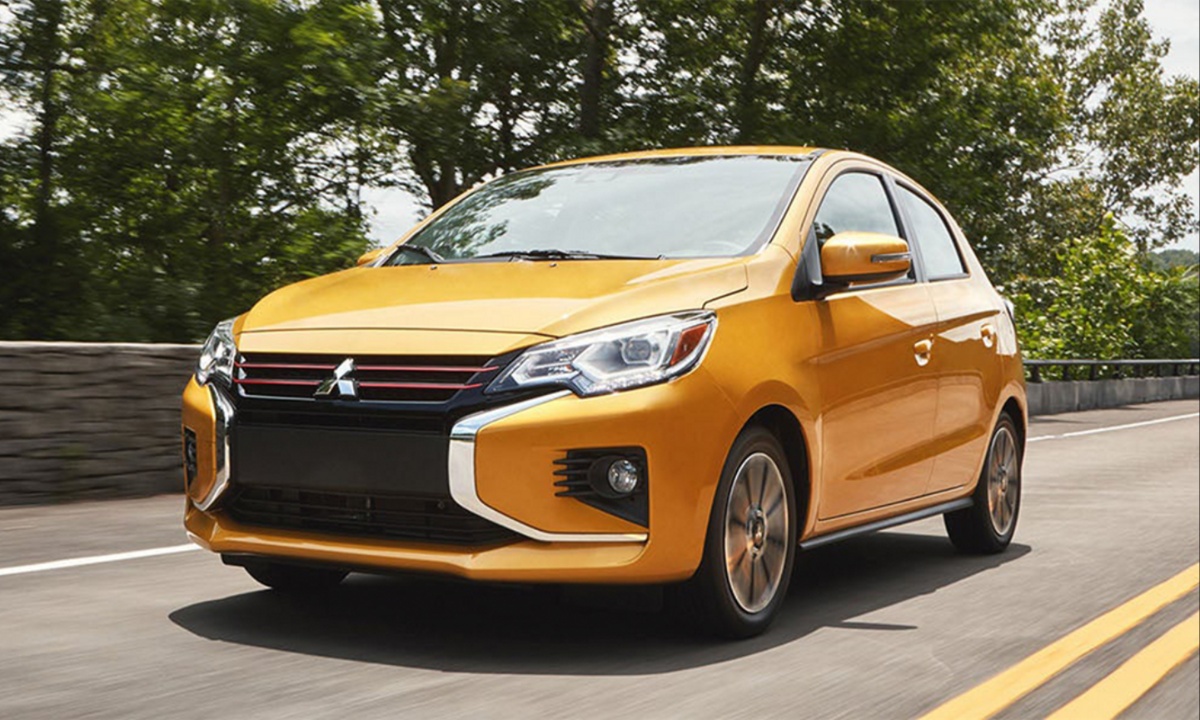When purchasing a vehicle, the warranty can make the difference between years of worry-free driving and costly repair bills that drain your bank account.
This comprehensive warranty serves as your financial safety net, protecting you from unexpected mechanical failures and manufacturing defects that could otherwise cost thousands of dollars to repair.
In today’s automotive landscape, warranty coverage varies dramatically between manufacturers. Some brands have built their reputation on exceptional warranty support, offering extensive coverage periods, comprehensive protection, and hassle-free claim processes that give owners genuine peace of mind.
These manufacturers understand that a strong warranty not only protects consumers but also demonstrates confidence in their product quality and builds long-term customer loyalty.
Conversely, other manufacturers offer minimal warranty coverage that leaves owners vulnerable to significant out-of-pocket expenses shortly after purchase.
These limited warranties often feature short coverage periods, numerous exclusions, and complex claim processes that can leave drivers stranded with expensive repair bills.
Understanding warranty differences is crucial for making an informed vehicle purchase decision. The right warranty can save you thousands of dollars and provide years of stress-free ownership, while inadequate coverage can turn your dream car into a financial nightmare.
This comprehensive guide examines five automotive brands known for exceptional warranty support alongside five that provide minimal protection, helping you navigate this critical aspect of car buying.
5 Cars With Great Warranty Support in the U.S.
Buying a car is a significant investment, and warranty coverage plays a crucial role in protecting your finances. Some vehicles come with excellent warranty plans, ensuring repairs and replacements don’t become a burden.
Brands like Hyundai, Kia, and Toyota stand out for their comprehensive warranties, often extending well beyond the industry standard. These cars provide peace of mind, covering major components, roadside assistance, and even powertrain protection for several years. Owners benefit from fewer unexpected expenses and long-term reliability.
1. Hyundai – Setting the Industry Standard
Hyundai has revolutionized automotive warranty coverage in America, establishing itself as the undisputed leader in comprehensive vehicle protection.
The Korean automaker’s warranty program is so exceptional that it has fundamentally changed consumer expectations across the entire industry, forcing competitors to enhance their coverage to remain competitive.
The cornerstone of Hyundai’s warranty excellence is their legendary 10-year, 100,000-mile powertrain warranty, which covers the engine, transmission, and drivetrain components that are most expensive to repair or replace.
This coverage period is nearly double what most competitors offer, providing owners with unprecedented long-term protection against major mechanical failures.
Additionally, Hyundai provides a comprehensive 5-year, 60,000-mile bumper-to-bumper warranty that covers virtually every component of the vehicle except normal wear items like brake pads and tires.
What truly sets Hyundai apart is their commitment to honoring warranty claims without the bureaucratic obstacles that plague other manufacturers.
Hyundai dealerships are empowered to approve most warranty repairs on-site, eliminating lengthy approval processes that can leave customers without transportation for extended periods.
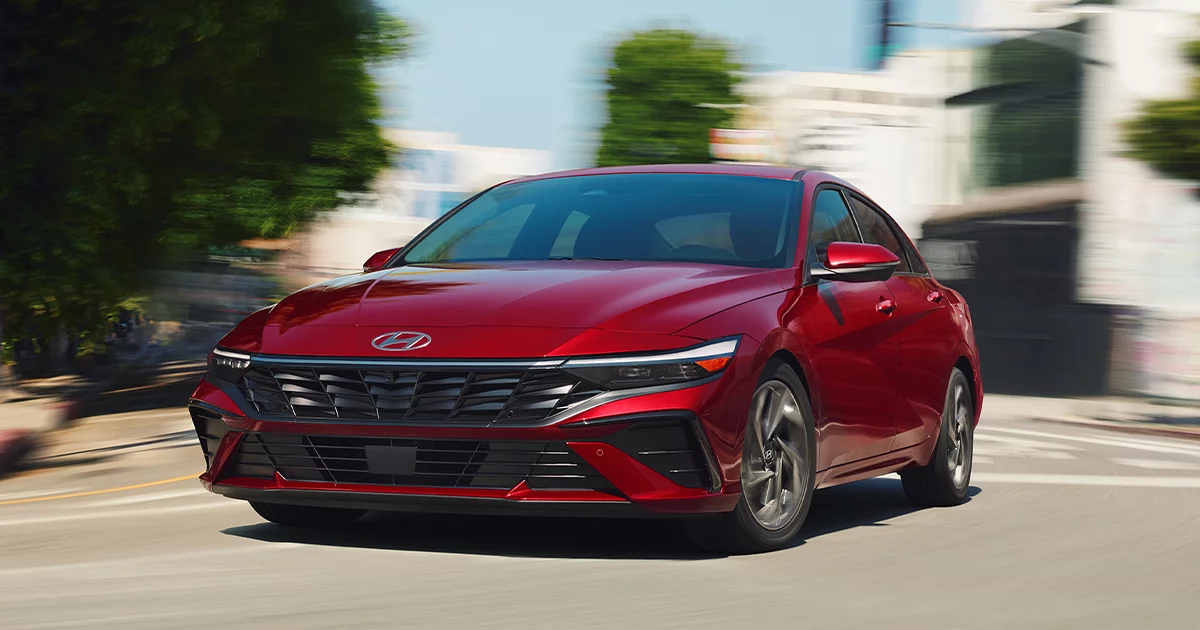
The company maintains detailed service records and proactively contacts owners about recalls or service campaigns, demonstrating their commitment to customer safety and satisfaction.
Hyundai’s warranty coverage extends beyond mechanical components to include comprehensive roadside assistance for the entire warranty period.
This service provides 24/7 towing, battery jump-starts, flat tire changes, lockout assistance, and emergency fuel delivery, ensuring owners are never stranded regardless of the situation.
The roadside assistance program is particularly valuable for long-distance travelers and provides peace of mind that extends far beyond traditional warranty coverage.
The financial impact of Hyundai’s warranty program cannot be overstated. Independent studies have shown that Hyundai owners experience significantly lower total cost of ownership compared to competitors, primarily due to reduced repair expenses during the crucial first decade of vehicle ownership.
This protection is particularly valuable for buyers of used Hyundai vehicles, as the warranty coverage transfers to subsequent owners, maintaining the vehicle’s value and appeal in the secondary market. Hyundai’s warranty philosophy reflects their confidence in manufacturing quality and commitment to customer satisfaction.
The company views warranty claims not as financial burdens but as opportunities to build customer loyalty and gather valuable feedback about product performance. This customer-centric approach has resulted in consistently high satisfaction ratings and strong brand loyalty among Hyundai owners.
2. Genesis – Luxury Redefined Through Service Excellence
Genesis, Hyundai’s luxury division, has elevated automotive warranty coverage to unprecedented levels, creating a service experience that rivals the world’s most prestigious luxury brands.
Since launching as an independent brand, Genesis has focused on providing not just exceptional vehicles but also service experiences that justify their position in the luxury market segment.
The Genesis warranty program builds upon Hyundai’s excellent foundation while adding luxury-specific enhancements that cater to discerning customers who expect white-glove treatment.
Genesis offers the same industry-leading 10-year, 100,000-mile powertrain warranty as Hyundai, but supplements this with additional luxury-focused services that create a truly premium ownership experience.
What distinguishes Genesis is their concierge-level service approach to warranty claims and maintenance. The Genesis Service Valet program will pick up your vehicle from your home or office, provide a luxury loaner vehicle, and return your serviced car detailed and with a full tank of gas.
This level of service eliminates the traditional inconveniences associated with vehicle maintenance and repairs, allowing owners to maintain their busy schedules without disruption.
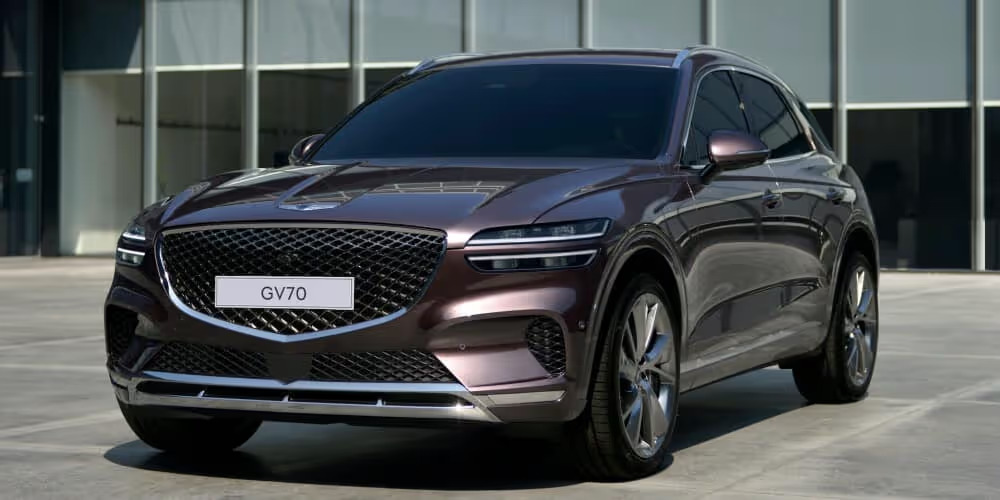
Genesis dealerships are held to exceptional standards for facility quality, technician training, and customer service protocols. The brand requires specialized Genesis-certified technicians who receive extensive training on luxury vehicle systems and customer service excellence.
These technicians have access to advanced diagnostic equipment and direct communication channels with Genesis engineering teams, ensuring that even complex warranty issues are resolved quickly and correctly.
The Genesis warranty extends to cutting-edge technology systems that are increasingly important in luxury vehicles. Advanced infotainment systems, driver assistance features, and premium audio systems are fully covered under warranty, protecting owners from expensive electronic repairs that can cost thousands of dollars.
This coverage is particularly valuable as luxury vehicles incorporate more sophisticated technology that can be costly to repair outside of warranty.
Genesis also provides comprehensive scheduled maintenance coverage for the first three years or 36,000 miles, including oil changes, filter replacements, and multi-point inspections.
This maintenance coverage ensures that vehicles receive proper care using genuine Genesis parts and fluids, maintaining optimal performance and potentially preventing warranty-voiding modifications or neglect.
The brand’s commitment to warranty excellence extends to their customer service philosophy, where every interaction is designed to exceed expectations.
Genesis maintains dedicated customer service teams trained specifically in luxury service standards, ensuring that warranty claims are handled with the urgency and attention befitting a premium brand.
3. Kia – Matching Excellence with Value
Kia has transformed from a budget-oriented brand to a serious competitor offering exceptional warranty coverage that rivals any manufacturer in the industry.
The Korean automaker’s warranty program demonstrates their commitment to quality and customer satisfaction while providing outstanding value for money-conscious consumers who refuse to compromise on protection.
Like their corporate sibling Hyundai, Kia offers an industry-leading 10-year, 100,000-mile powertrain warranty coupled with a comprehensive 5-year, 60,000-mile bumper-to-bumper warranty.
This extensive coverage provides Kia owners with the same level of protection found in much more expensive luxury vehicles, making Kia an exceptional value proposition in today’s competitive automotive market.
Kia’s warranty program has been instrumental in changing consumer perceptions about the brand’s quality and reliability. The comprehensive coverage demonstrates Kia’s confidence in their manufacturing processes and provides tangible evidence of improved build quality that has earned recognition from respected automotive quality surveys and awards programs.
The practical benefits of Kia’s warranty coverage become apparent when comparing total ownership costs with competitors. Kia owners consistently report lower repair expenses and fewer out-of-pocket maintenance costs during the crucial first several years of ownership.

This financial protection is particularly valuable for budget-conscious consumers who may not have substantial emergency funds available for unexpected automotive repairs.
Kia dealerships have invested heavily in service capabilities to support their comprehensive warranty program. Technicians receive extensive factory training on Kia-specific systems and procedures, ensuring that warranty repairs are completed correctly the first time.
The company maintains robust parts distribution networks that minimize delays in obtaining necessary components for warranty repairs. One of Kia’s warranty strengths is their straightforward claim process that avoids the bureaucratic complications that can frustrate customers dealing with other manufacturers.
Kia service advisors are empowered to approve most warranty repairs without requiring pre-authorization from corporate headquarters, reducing delays and minimizing customer inconvenience.
The Kia warranty also includes comprehensive roadside assistance that provides 24/7 support for towing, emergency repairs, and other travel-related emergencies.
This service is particularly valuable for new car buyers who may be taking longer trips or driving in unfamiliar areas where finding reliable service could be challenging.
Kia’s commitment to warranty excellence reflects their broader transformation from a value-oriented brand to a quality-focused manufacturer that competes directly with established industry leaders.
The comprehensive warranty coverage serves as both customer protection and a marketing tool that demonstrates Kia’s confidence in their products.
4. Mitsubishi – Comprehensive Protection for Peace of Mind
Mitsubishi offers one of the most comprehensive warranty programs in the automotive industry, providing extensive coverage that protects owners from unexpected repair costs while demonstrating the manufacturer’s confidence in their vehicle quality and reliability.
The centerpiece of Mitsubishi’s warranty program is their exceptional 10-year, 100,000-mile powertrain warranty, which covers all major engine, transmission, and drivetrain components.
This coverage period significantly exceeds industry standards and provides long-term protection against the most expensive potential repairs that could otherwise cost thousands of dollars.
Complementing the powertrain coverage, Mitsubishi provides a comprehensive 5-year, 60,000-mile bumper-to-bumper warranty that covers virtually every vehicle system except routine maintenance items.
This extensive coverage includes electrical systems, air conditioning, heating, audio systems, and other components that frequently require attention in modern vehicles loaded with sophisticated technology.
What sets Mitsubishi apart is their commitment to making warranty service convenient and stress-free for customers. Mitsubishi dealerships are equipped with factory-trained technicians who specialize in Mitsubishi systems and have direct access to technical support from engineering teams.
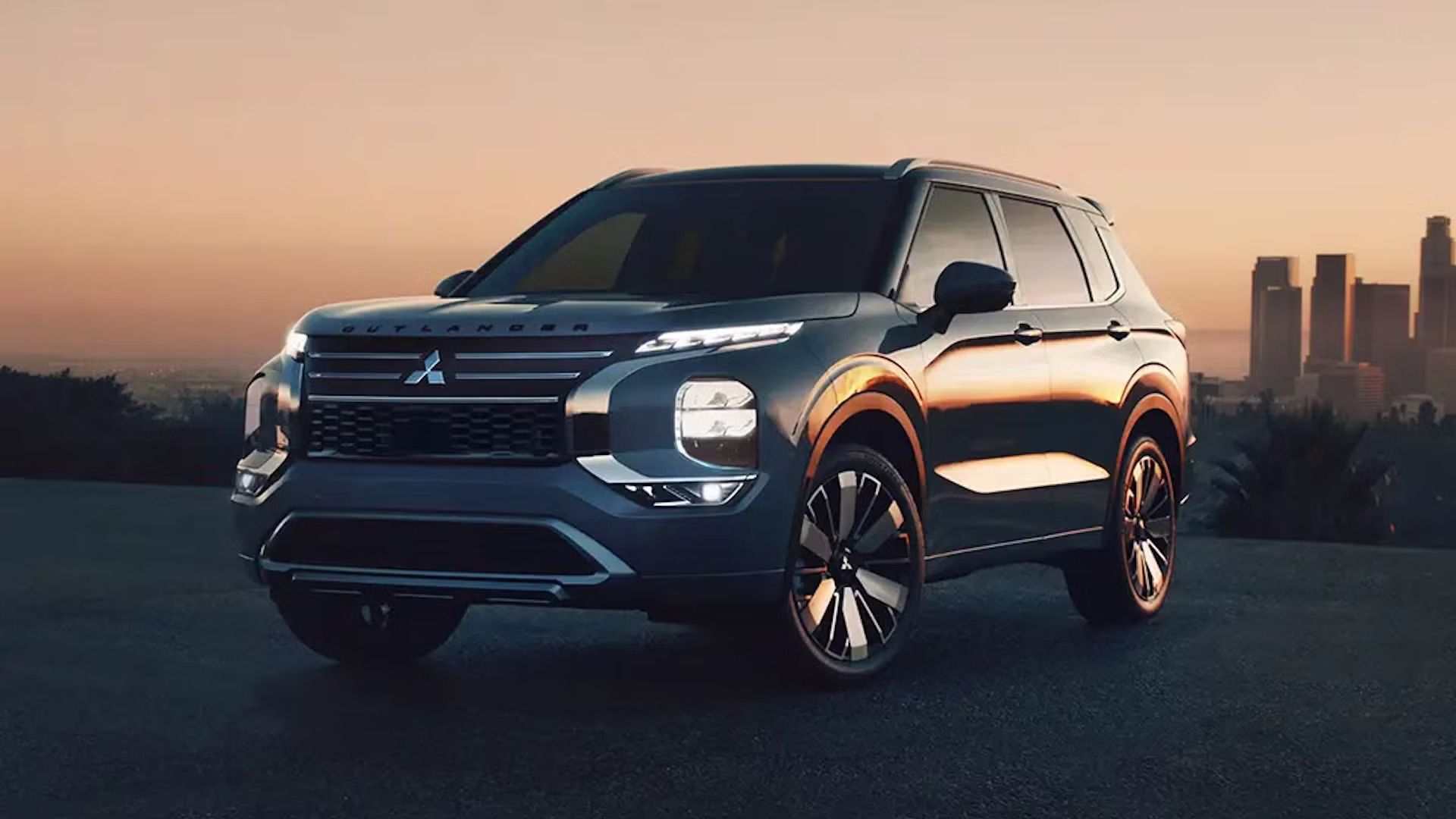
This expertise ensures that warranty repairs are diagnosed correctly and completed efficiently, minimizing customer downtime and inconvenience. Mitsubishi’s warranty program includes comprehensive roadside assistance that provides 24/7 support throughout the coverage period.
This service includes emergency towing, battery jump-starts, flat tire changes, lockout assistance, and emergency fuel delivery. The roadside assistance program is particularly valuable for drivers who frequently travel long distances or drive in areas where reliable service might be difficult to locate.
The financial protection provided by Mitsubishi’s warranty coverage can result in substantial savings over the vehicle’s ownership period. Independent analysis has shown that Mitsubishi owners experience lower total repair costs compared to owners of vehicles with less comprehensive warranty coverage, making Mitsubishi an excellent value proposition for cost-conscious consumers.
Mitsubishi’s warranty coverage extends to hybrid and electric vehicle components, providing specialized protection for advanced powertrains that can be extremely expensive to repair outside of warranty.
This coverage is particularly important as more consumers adopt alternative fuel vehicles and need assurance that sophisticated hybrid and electric systems are properly protected.
The company maintains detailed service records and proactively communicates with customers about recalls, service campaigns, and maintenance recommendations.
This proactive approach helps prevent problems before they occur and ensures that vehicles receive appropriate care throughout the warranty period.
Also Read: 5 TPMS Setups That Don’t Fail And 5 That Always Need Resets
5. Toyota – Reliability Backed by Solid Coverage
Toyota has built a legendary reputation for manufacturing reliable vehicles, and their warranty program provides solid protection that complements their commitment to quality and customer satisfaction.
While Toyota’s warranty coverage may not match the extended terms offered by some competitors, the program provides comprehensive protection backed by exceptional service quality and the company’s commitment to standing behind its products.
Toyota’s standard warranty includes a 3-year, 36,000-mile bumper-to-bumper warranty and a 5-year, 60,000-mile powertrain warranty. While these terms are more conservative than some competitors, Toyota’s warranty coverage is backed by the company’s exceptional reputation for reliability and its extensive dealer network that provides consistent service quality nationwide.
The strength of Toyota’s warranty program lies not in extended coverage periods but in the company’s commitment to honoring warranty claims promptly and fairly.
Toyota dealerships are known for their professional service departments staffed with highly trained technicians who specialize in Toyota systems. These technicians have access to comprehensive technical resources and maintain direct communication with Toyota engineering teams to resolve complex issues quickly and effectively.

Toyota’s hybrid vehicle warranty coverage is particularly noteworthy, providing 8-year, 100,000-mile coverage for hybrid system components, including the battery pack, power control unit, and electric motors.
This extended coverage for hybrid components demonstrates Toyota’s confidence in its pioneering hybrid technology and provides owners with peace of mind regarding these sophisticated and potentially expensive systems.
The company’s warranty service is supported by one of the automotive industry’s most extensive dealer networks, ensuring that customers can access quality service regardless of their location.
Toyota dealerships maintain high standards for facility quality, technician training, and customer service, providing consistent experiences that build customer confidence and loyalty.
Toyota’s approach to warranty service emphasizes preventing problems rather than simply reacting to failures. The company maintains comprehensive service records and proactively contacts customers about recalls, service campaigns, and maintenance recommendations that can prevent warranty-voiding neglect or damage.
While Toyota’s standard warranty terms are more conservative than some competitors, the company’s exceptional reliability record means that owners are less likely to experience problems requiring warranty service.
Independent quality surveys consistently rank Toyota among the most reliable brands, suggesting that their shorter warranty periods reflect confidence in product quality rather than an attempt to limit financial exposure.
5 Cars That Leave You on Your Own
Not all manufacturers offer strong warranty coverage, leaving buyers vulnerable to high repair costs. Some luxury brands and niche automakers provide only minimal protection, covering basic defects for a limited period.
Vehicles with short warranties or restrictive terms can result in out-of-pocket expenses when issues arise. Owners often find themselves paying hefty bills for mechanical failures or defects that could have been covered under better plans.
Before purchasing a car, it’s important to compare warranty offerings and consider how they impact long-term ownership costs. Choosing a car with strong warranty support can save thousands in repairs and enhance your overall driving experience.
1. Jaguar – Luxury Price, Basic Protection
Jaguar exemplifies the frustrating contradiction of premium pricing paired with minimal warranty protection, leaving owners of these beautiful British luxury vehicles vulnerable to substantial repair costs that can quickly exceed the original purchase price.
Despite commanding luxury market prices that often exceed $50,000, Jaguar provides only basic warranty coverage that falls well short of industry standards and leaves owners exposed to significant financial risk.
The foundation of Jaguar’s inadequate warranty program is their limited 5-year, 60,000-mile coverage that applies to most vehicle systems. While this might seem reasonable at first glance, the reality is that Jaguar vehicles frequently experience expensive problems well beyond this coverage period, particularly with sophisticated electronic systems and advanced engine technologies that are costly to repair or replace outside of warranty.
Jaguar’s warranty limitations become particularly problematic when considering the complexity and cost of repairs on modern luxury vehicles. Advanced infotainment systems, sophisticated driver assistance features, and high-performance engines require specialized diagnostic equipment and expert technicians, resulting in repair costs that can easily reach several thousand dollars for relatively minor problems.
When these systems fail outside the warranty period, owners face devastating repair bills that can exceed 20% of the vehicle’s original purchase price.
The company’s warranty claim process has earned criticism for being unnecessarily complex and often adversarial, with many owners reporting extended battles to obtain coverage for legitimate warranty claims.
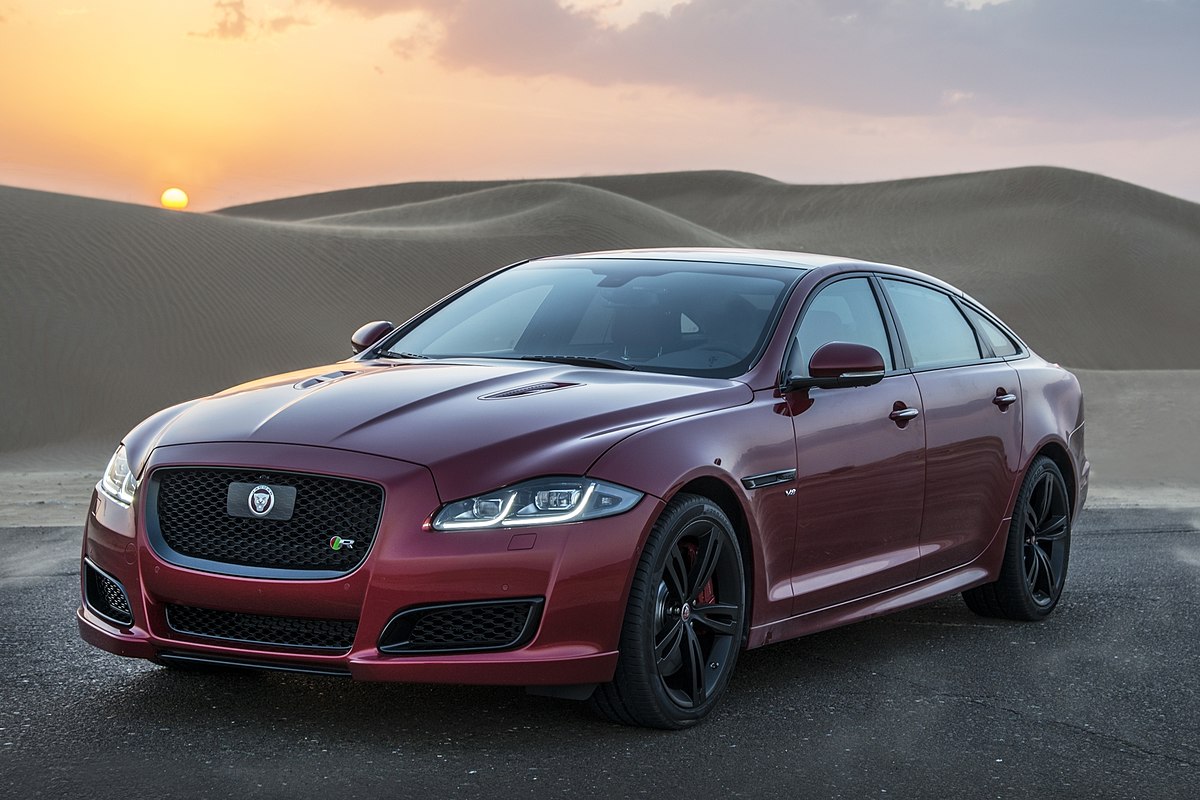
Jaguar dealerships frequently require multiple diagnostic sessions and extensive documentation before approving warranty repairs, creating delays that can leave customers without transportation for weeks while their expensive luxury vehicle sits in the service bay awaiting approval.
Parts availability represents another significant challenge for Jaguar owners, as many components must be imported from the United Kingdom, creating extended delays and increased costs for both warranty and non-warranty repairs.
These delays are particularly frustrating for luxury car owners who expect prompt service and reliable transportation, especially given the premium prices they paid for their vehicles.
Jaguar’s limited dealer network compounds warranty service problems, as many geographic areas lack convenient access to authorized service facilities.
Owners may need to travel hundreds of miles to reach the nearest Jaguar dealership, creating additional inconvenience and expense when warranty service is required. This limited service network also means that appointment scheduling can be difficult, further extending repair times.
The financial impact of Jaguar’s limited warranty coverage becomes apparent when examining total cost of ownership studies, which consistently show Jaguar vehicles among the most expensive to maintain and repair.
Independent automotive research organizations have documented that Jaguar owners can expect to spend substantially more on repairs and maintenance compared to owners of vehicles from manufacturers offering comprehensive warranty coverage.
Perhaps most frustrating is that many Jaguar reliability problems are well-documented and predictable, yet the company has not extended warranty coverage to address these known issues.
Electronic system failures, transmission problems, and engine component failures occur with sufficient frequency that they should be covered under extended warranties, but Jaguar continues to leave owners vulnerable to these predictable expenses.
2. Land Rover – Adventure Vehicles, Warranty Nightmares
Land Rover markets their vehicles as capable adventure machines ready for any terrain, but their warranty program creates adventures of a different sort for owners who find themselves navigating complex claim processes and facing substantial repair bills for vehicles that were designed to handle challenging conditions but often struggle with basic reliability.
The irony of Land Rover’s warranty situation is that vehicles marketed for rugged outdoor use and challenging conditions are protected by warranty coverage that is inadequate for the reliability challenges these sophisticated vehicles face.
Land Rover provides basic 4-year, 50,000-mile coverage that falls short of protecting owners from the numerous expensive problems that plague these complex luxury SUVs.
Land Rover vehicles incorporate advanced off-road systems, sophisticated air suspension, and complex electronic controls that enhance capability but create numerous failure points that can result in expensive repairs.
The advanced air suspension systems alone can cost several thousand dollars to repair when they fail, which occurs with concerning frequency just outside the warranty period.
These predictable failures suggest design or manufacturing issues that should be covered by extended warranties, but Land Rover leaves owners vulnerable to these substantial expenses.
The complexity of Land Rover warranty claims reflects the vehicles’ sophisticated systems and the company’s apparent reluctance to cover expensive repairs.
Owners frequently report extended diagnostic periods where dealerships struggle to identify problems or determine whether issues qualify for warranty coverage.
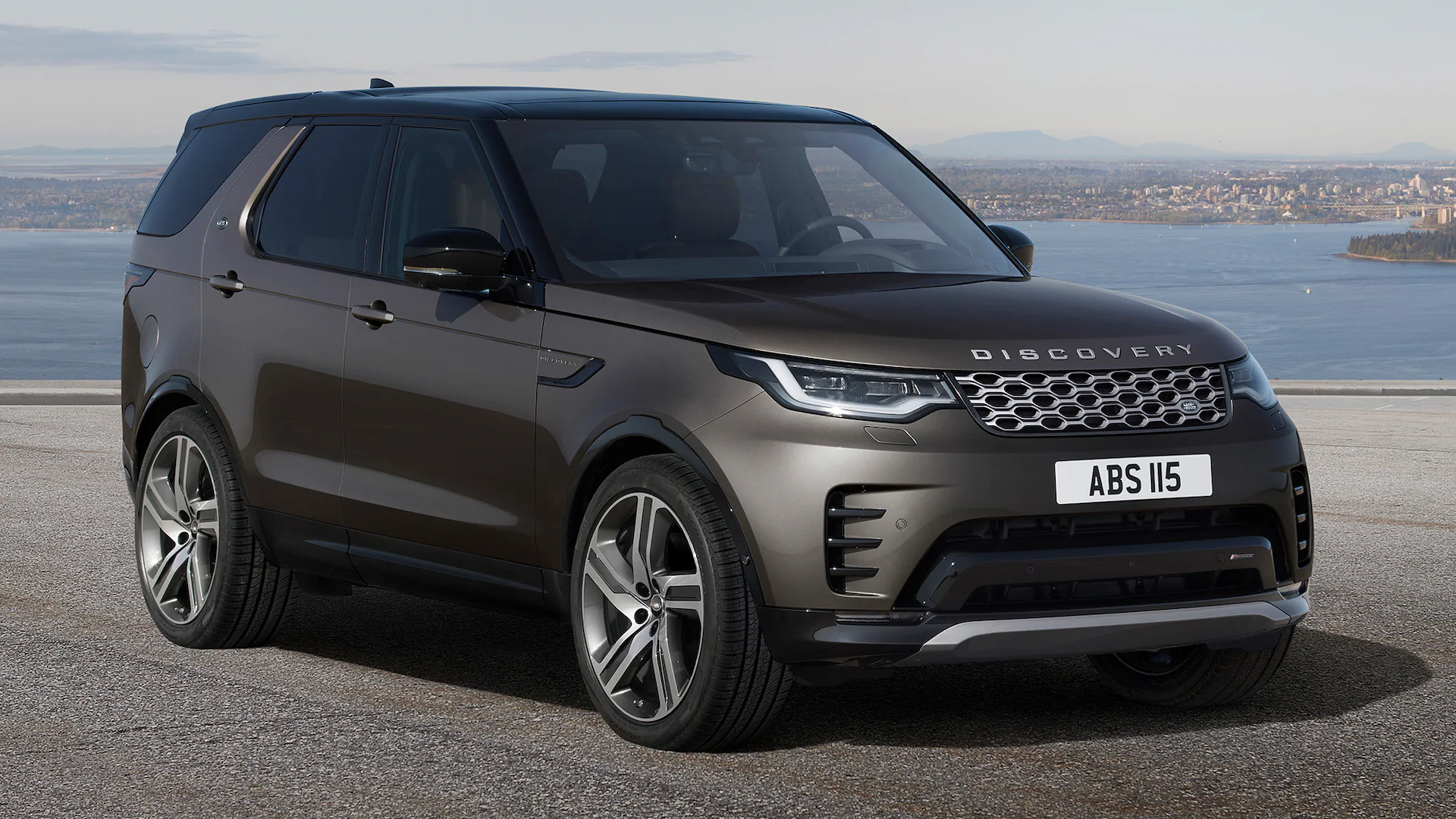
These delays are particularly problematic for owners who purchased their vehicles specifically for outdoor adventures and find themselves unable to access remote locations due to reliability concerns.
Parts availability represents a significant challenge for Land Rover owners, as many components are specialized and must be sourced from limited suppliers.
Warranty repairs can take weeks or months to complete while waiting for necessary parts, leaving owners without their expensive vehicles for extended periods.
This situation is particularly frustrating for owners who purchased Land Rover vehicles for their adventure capabilities but find themselves unable to rely on their vehicles for planned activities due to extended repair times.
The limited Land Rover dealer network compounds warranty service challenges, as many geographic areas lack convenient access to authorized service facilities.
Owners in rural areas, where Land Rover vehicles might be most useful, often face the greatest challenges accessing warranty service. This limited service network also means that dealerships may lack sufficient experience with complex repairs, potentially extending diagnostic and repair times.
Land Rover’s warranty program becomes particularly inadequate when considering the harsh conditions these vehicles are designed to handle. Off-road driving, towing, and exposure to challenging weather conditions can accelerate wear on vehicle systems, yet the warranty coverage does not account for the additional stress these activities place on vehicle components.
Owners who use their Land Rover vehicles as intended may find that normal wear and tear exclusions void warranty coverage for problems that result from the vehicle’s intended use.
Independent reliability studies consistently rank Land Rover among the least reliable luxury brands, with owners reporting frequent problems with electrical systems, suspension components, and engine management systems.
These documented reliability issues, combined with limited warranty coverage, create a perfect storm of high repair costs and inadequate protection that can make Land Rover ownership extremely expensive.
3. Maserati – Italian Passion, Limited Protection
Maserati represents the pinnacle of Italian automotive passion and performance, but their warranty program demonstrates a disappointing lack of commitment to protecting owners from the substantial repair costs that can accompany ownership of these exotic performance vehicles.
Despite commanding premium prices that reflect their exclusive status and sophisticated engineering, Maserati provides warranty coverage that falls well short of protecting owners from predictable and expensive repair scenarios.
The core issue with Maserati’s warranty program is the fundamental mismatch between the complexity and cost of these sophisticated performance vehicles and the limited protection provided to owners.
Maserati offers basic 4-year, 50,000-mile coverage that might be adequate for mainstream vehicles but is insufficient for exotic cars that incorporate advanced performance technologies and hand-built components that can cost thousands of dollars to repair or replace.
Maserati vehicles feature sophisticated performance engines, advanced suspension systems, and luxury amenities that require specialized knowledge and expensive parts when repairs are necessary.
The cost of maintaining these systems outside of warranty can quickly exceed the annual income of many owners, creating financial burdens that can make continued ownership impossible for all but the wealthiest enthusiasts.
The warranty claim process for Maserati vehicles often involves extended negotiations between owners, dealerships, and corporate representatives to determine coverage eligibility for expensive repairs.
Many owners report that dealerships seem reluctant to approve warranty claims without extensive documentation and multiple diagnostic sessions, creating delays and uncertainty that can leave expensive vehicles out of service for extended periods.
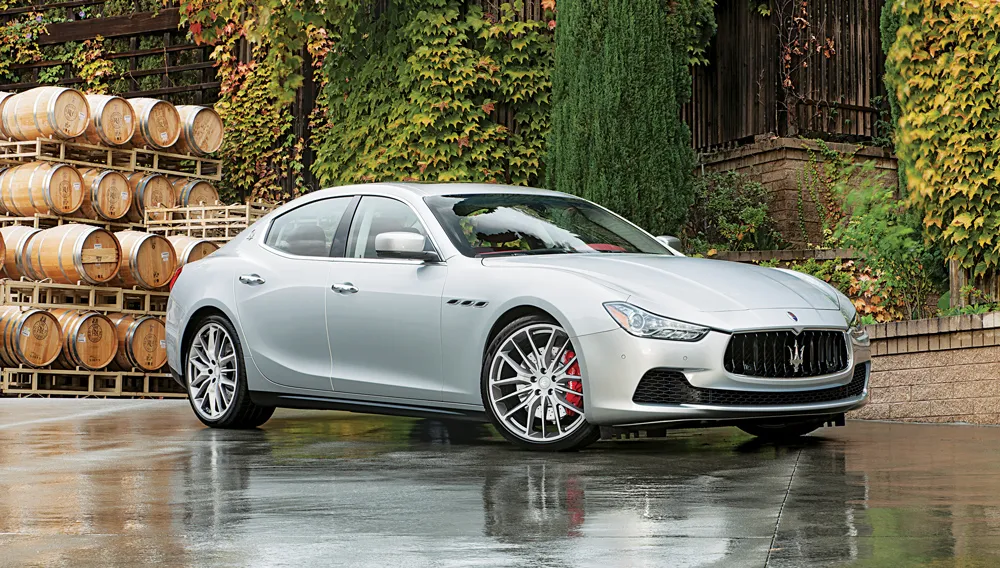
Parts availability represents a critical challenge for Maserati owners, as many components are produced in limited quantities and may require weeks or months to obtain from Italian suppliers.
Warranty repairs can take exceptionally long to complete while waiting for specialized parts, and owners may find themselves unable to use their expensive vehicles for extended periods due to parts delays that are beyond their control.
The limited Maserati dealer network creates additional challenges for warranty service, as many geographic areas lack convenient access to authorized service facilities.
Owners may need to travel significant distances to reach qualified service departments, creating additional expense and inconvenience when warranty service is required.
This limited service network also means that appointment scheduling can be difficult, particularly for complex repairs that require specialized expertise.
Maserati’s warranty coverage becomes particularly inadequate when considering the performance-oriented nature of these vehicles. High-performance driving can accelerate wear on engine, transmission, and suspension components, yet the warranty program does not provide extended coverage for components that experience additional stress from spirited driving.
Owners who use their Maserati vehicles as intended may find that performance driving voids warranty coverage for related component failures. The financial reality of Maserati ownership includes the expectation of substantial repair and maintenance costs that extend well beyond the limited warranty period.
Independent cost-of-ownership studies show Maserati vehicles among the most expensive to maintain, with annual repair and maintenance costs that can exceed $5,000 even for relatively new vehicles.
These costs, combined with limited warranty protection, make Maserati ownership a significant financial commitment that extends well beyond the initial purchase price.
4. BMW – Premium Engineering, Standard Protection
BMW has built a global reputation for engineering excellence and driving dynamics, but its warranty program provides only standard protection that leaves owners vulnerable to substantial repair costs associated with the sophisticated technology and complex systems that define the BMW driving experience.
This disconnect between premium pricing and basic warranty coverage creates a financial risk that many BMW owners discover too late in their ownership experience.
The fundamental problem with BMW’s warranty approach is that their vehicles incorporate advanced technologies and performance-oriented systems that require specialized knowledge and expensive components to maintain, yet the warranty coverage provided is comparable to much simpler mainstream vehicles.
BMW offers basic 4-year, 50,000-mile coverage that provides minimal protection against the expensive repairs that commonly affect BMW vehicles as they age beyond the warranty period.
BMW vehicles feature sophisticated electronic systems, advanced turbocharging technology, and complex drivetrain configurations that enhance performance and efficiency but create numerous potential failure points.
When these systems fail outside the warranty period, repair costs can easily reach several thousand dollars, particularly for electronic components that require complete replacement rather than simple repairs.
The complexity of BMW warranty claims often reflects the sophisticated nature of the vehicles and the company’s detailed requirements for documenting problems and attempted repairs.
Many BMW owners report extended diagnostic processes where dealerships must perform multiple tests and consultations with technical support before determining whether problems qualify for warranty coverage.
These extended diagnostic periods can leave owners without transportation for extended periods while their expensive vehicles undergo evaluation.

Parts costs for BMW vehicles are substantially higher than mainstream brands, reflecting the premium nature of components and the specialized engineering required for performance applications.
When warranty coverage expires, owners face repair bills that can easily exceed $3,000 for relatively common problems, such as electronic system failures or turbocharger replacements that occur with concerning frequency on certain BMW models.
The BMW dealer network provides generally good coverage in urban areas, but service quality and expertise can vary significantly between locations.
Some dealerships excel at customer service and technical competence, while others struggle with complex repairs and customer communication. This inconsistency in service quality can significantly impact the warranty experience and leave some owners frustrated with poor service despite paying premium prices for their vehicles.
BMW’s warranty program becomes particularly inadequate when considering the performance-oriented nature of many BMW models. High-performance engines, sophisticated suspension systems, and advanced electronic controls require more frequent attention and are more susceptible to expensive failures than simpler automotive systems.
Yet BMW’s warranty coverage does not reflect the additional complexity and potential repair costs associated with these performance-oriented components.
Independent reliability studies suggest that BMW vehicles experience higher-than-average repair costs and frequency compared to mainstream brands, yet the warranty coverage provided does not reflect this increased risk.
BMW owners can expect to face substantial repair and maintenance costs well beyond what owners of more reliable brands typically experience, making the limited warranty coverage particularly inadequate for the realities of BMW ownership.
5. Audi – German Precision, Limited Coverage
Audi represents German engineering excellence and technological innovation, but their warranty program provides limited coverage that inadequately protects owners from the substantial repair costs associated with the advanced systems and sophisticated technologies that define the modern Audi experience.
This mismatch between technological complexity and warranty protection creates significant financial risk for Audi owners who assume that premium pricing includes comprehensive protection.
The core weakness of Audi’s warranty program is the disconnect between the sophisticated technology incorporated in their vehicles and the basic coverage provided to protect owners from expensive repairs.
Audi offers standard 4-year, 50,000-mile coverage that might be adequate for simpler vehicles but is insufficient for cars loaded with advanced electronics, complex drivetrains, and sophisticated comfort systems that can cost thousands of dollars to repair when they fail.
Audi vehicles incorporate cutting-edge technology, including advanced infotainment systems, sophisticated driver assistance features, and complex all-wheel-drive systems that enhance the driving experience but create numerous potential failure points.
The MMI infotainment system alone can cost several thousand dollars to replace when it fails, which occurs with sufficient frequency that many owners experience this expensive repair shortly after warranty expiration.
The Audi warranty claim process often involves extensive documentation requirements and multiple diagnostic sessions to determine coverage eligibility for complex electronic problems.
Many owners report that dealerships require detailed evidence of problem symptoms and may need to consult with technical support teams before approving warranty repairs. These extended diagnostic processes can leave expensive vehicles out of service for weeks while coverage determinations are made.
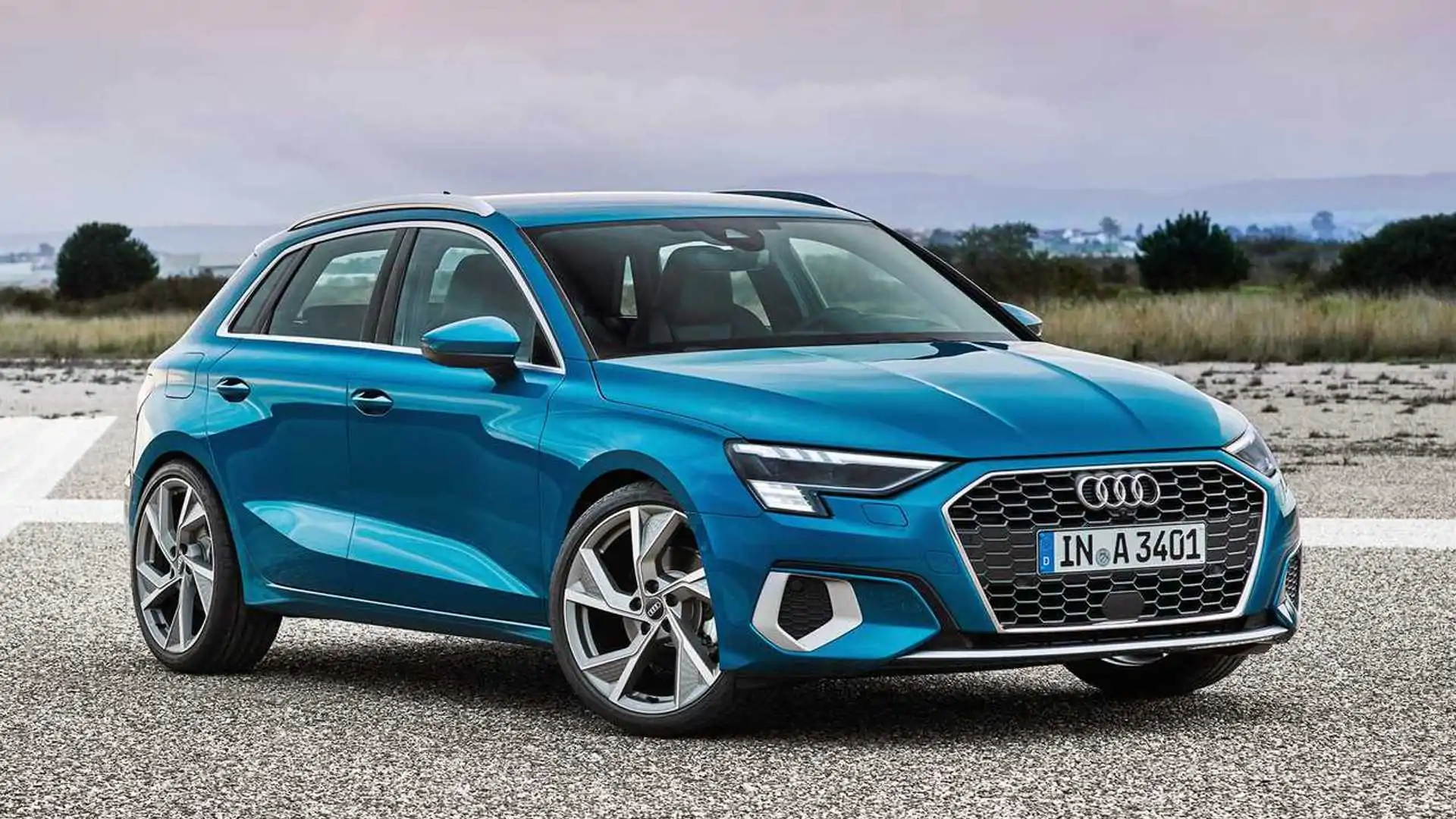
Parts costs for Audi vehicles reflect their premium positioning and German engineering standards, resulting in repair bills that can easily exceed $4,000 for common problems such as electronic control unit failures or transmission repairs.
These high parts costs, combined with specialized labor requirements, create repair expenses that can represent a significant percentage of the vehicle’s value when problems occur outside the warranty period.
The complexity of modern Audi vehicles requires specialized diagnostic equipment and extensive technical knowledge that may not be available at all dealerships.
Some service locations excel at handling complex Audi repairs, while others may struggle with sophisticated electronic problems or require extended consultation with technical support teams.
This variation in service capability can significantly impact repair times and customer satisfaction during warranty service. Audi’s warranty coverage becomes particularly inadequate when considering the rapid pace of technological advancement in their vehicles.
Advanced driver assistance systems, sophisticated navigation and entertainment features, and complex engine management systems represent significant investments in technology that can become expensive to maintain as vehicles age.
Yet Audi’s warranty program does not provide extended coverage for these advanced systems that are central to the modern Audi experience. Independent analysis of Audi ownership costs reveals that owners should expect substantial repair and maintenance expenses that extend well beyond the limited warranty period.
The combination of sophisticated technology, premium parts costs, and specialized service requirements creates a total cost of ownership that can significantly exceed initial expectations, particularly for owners who assumed that premium pricing included comprehensive long-term protection.

